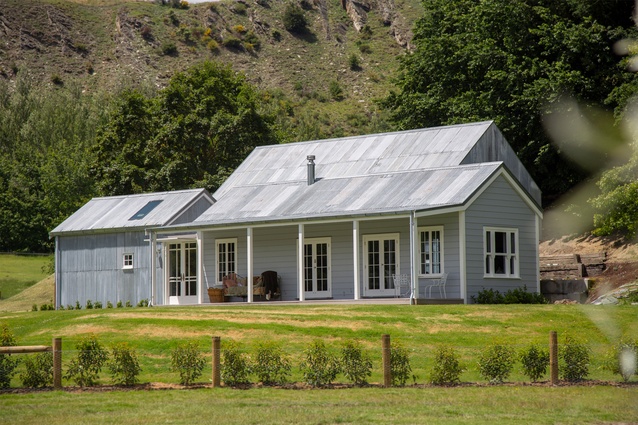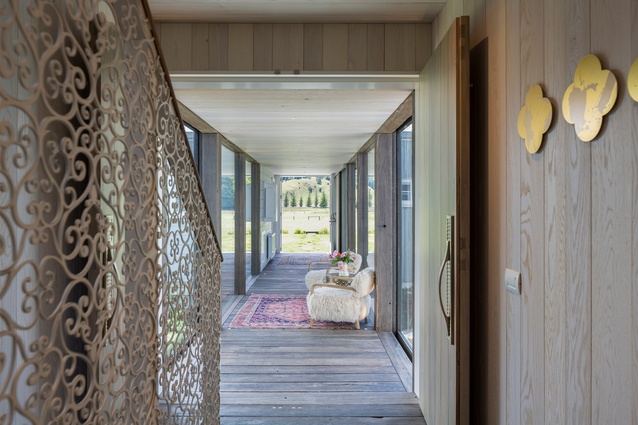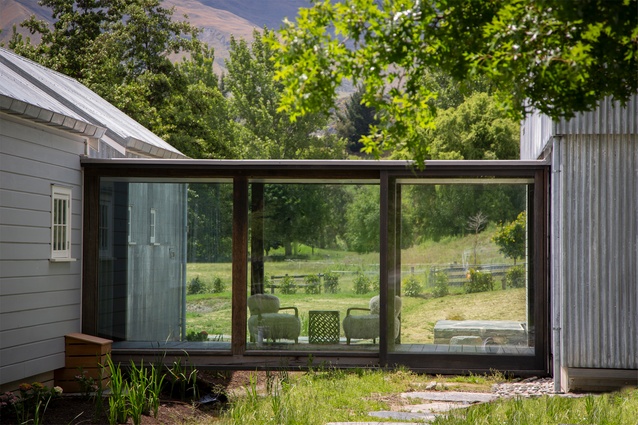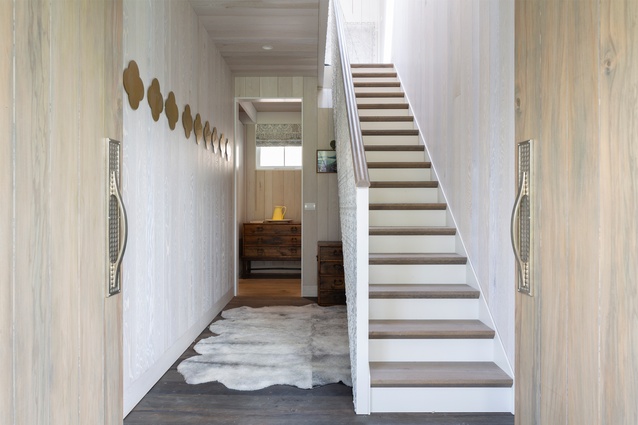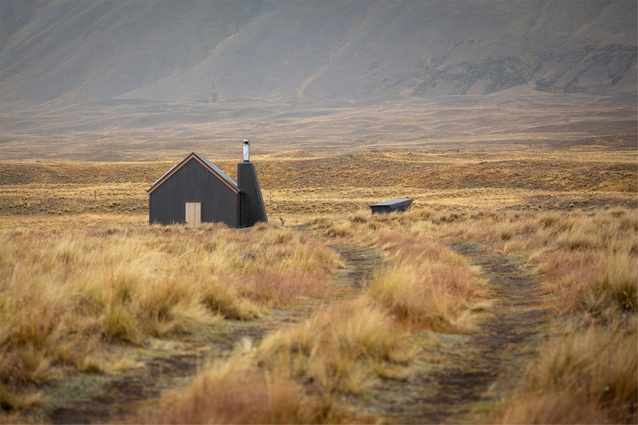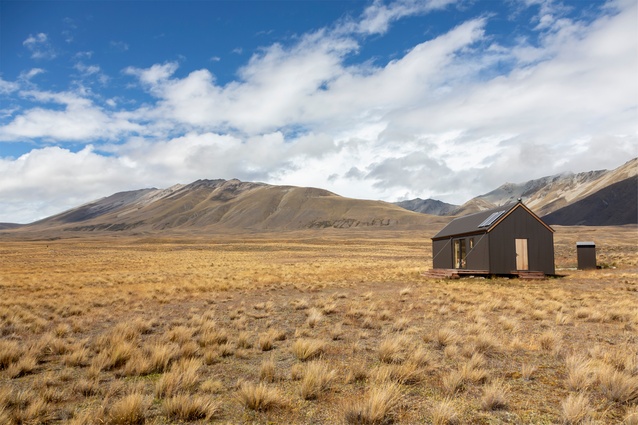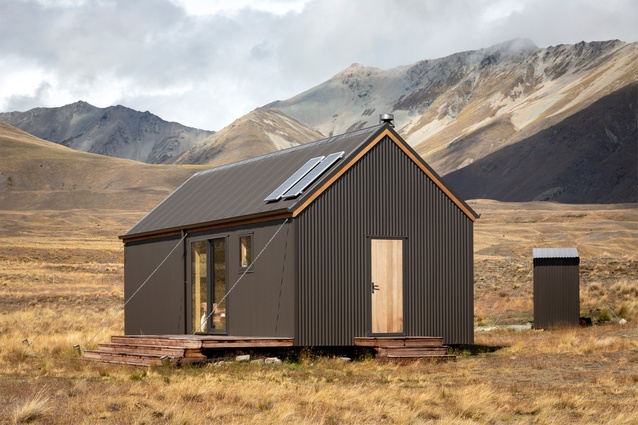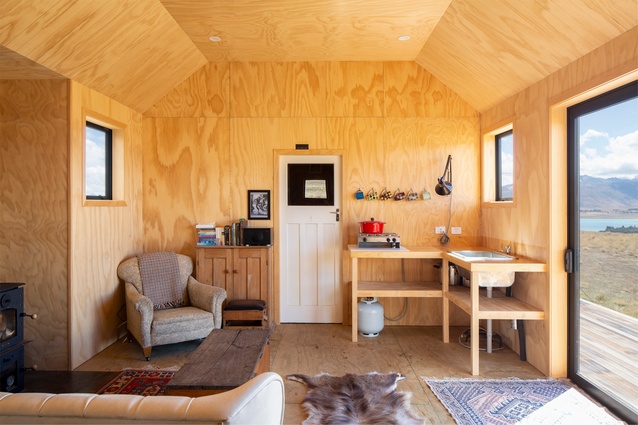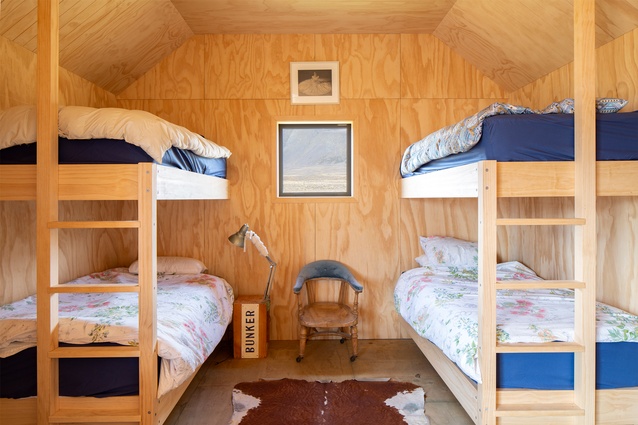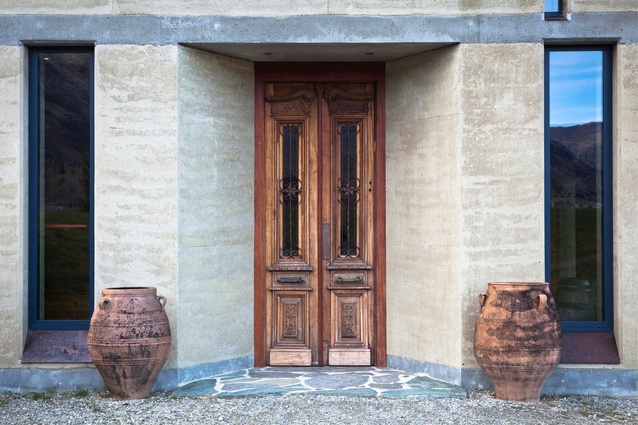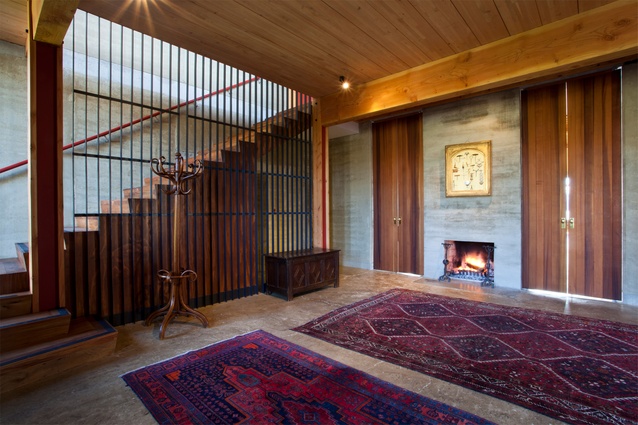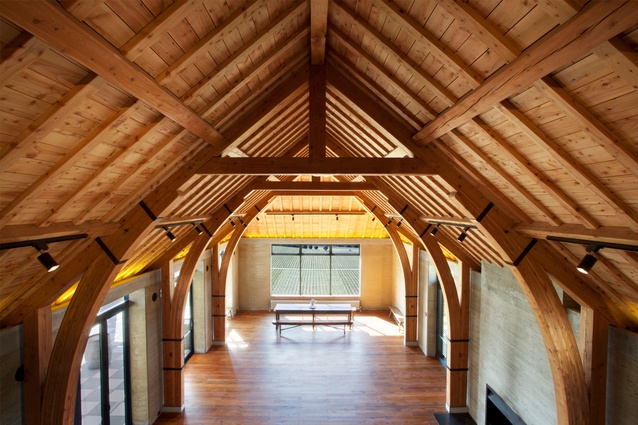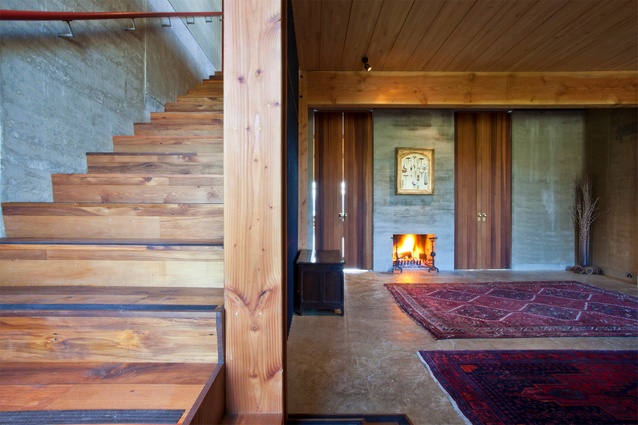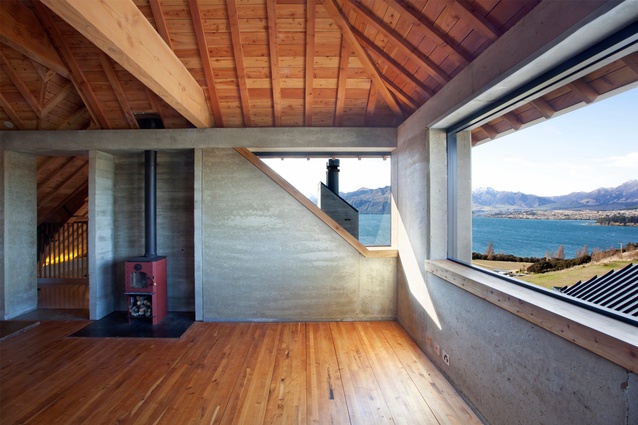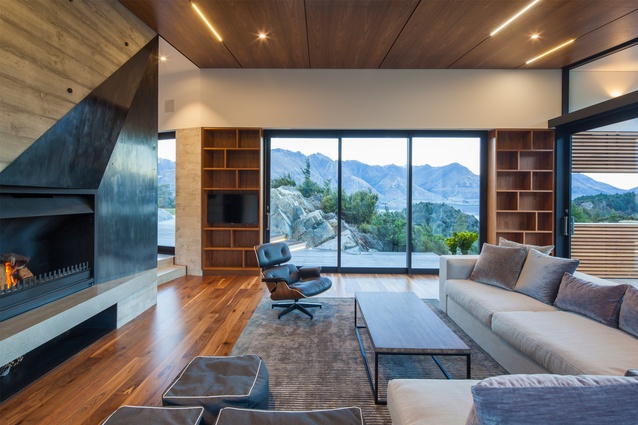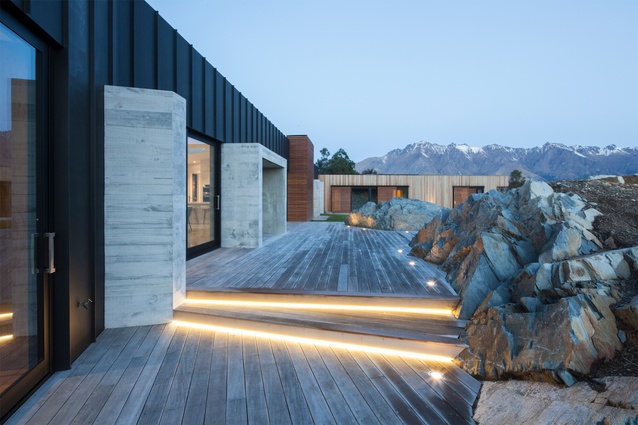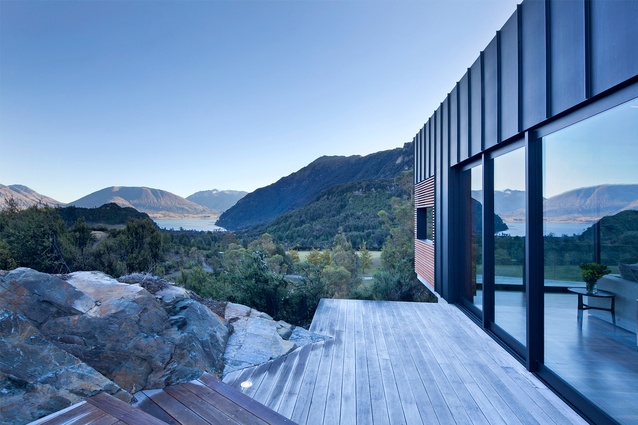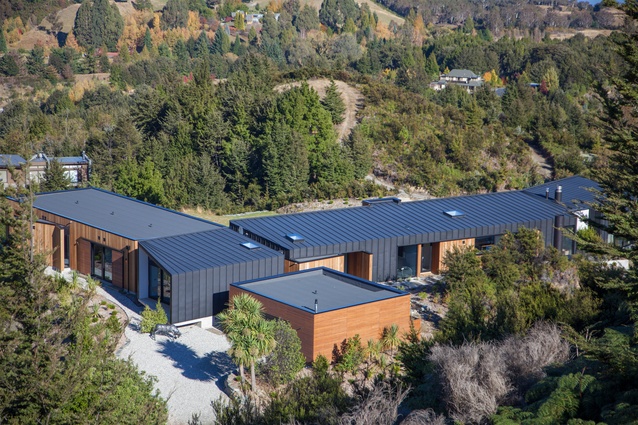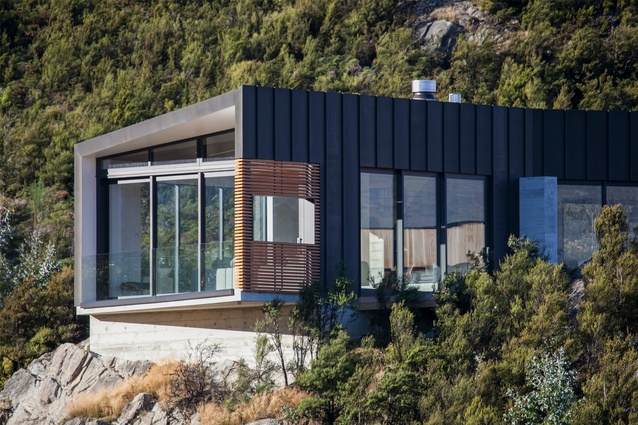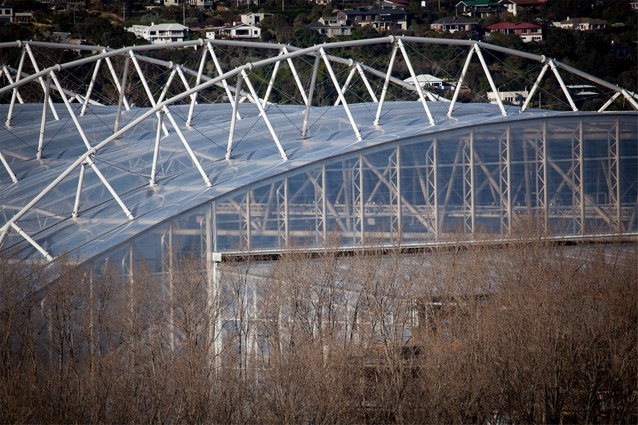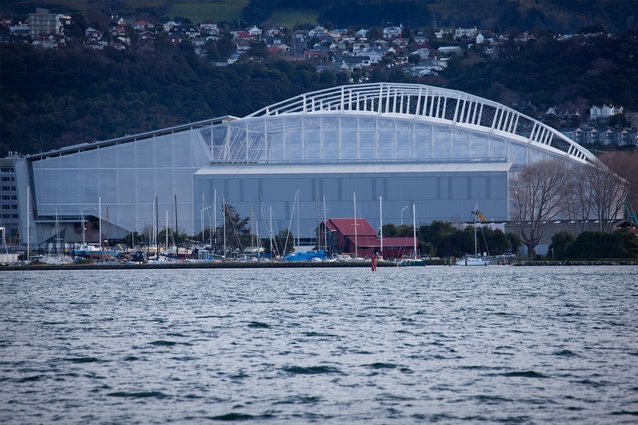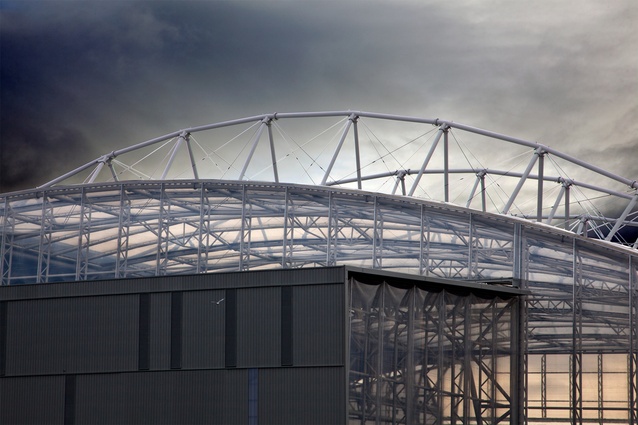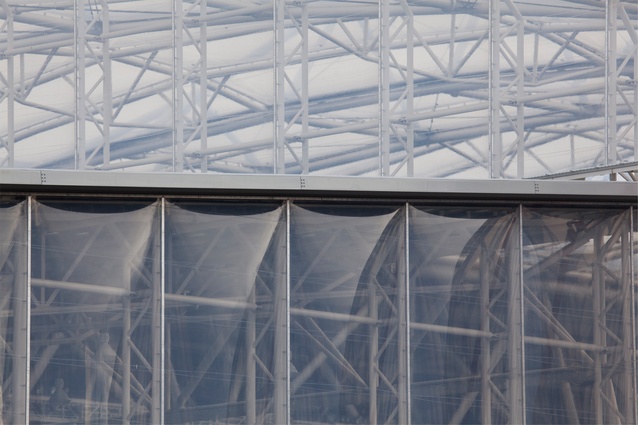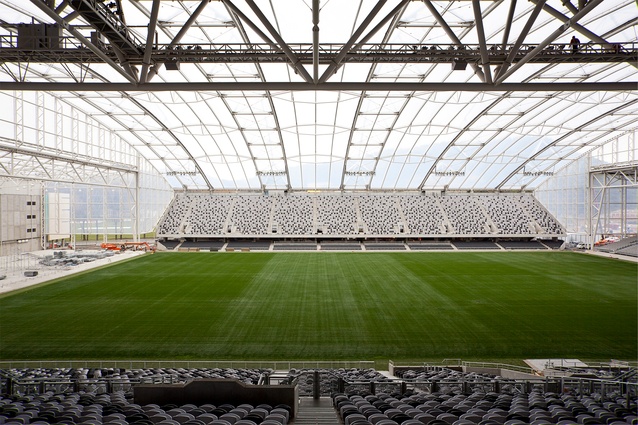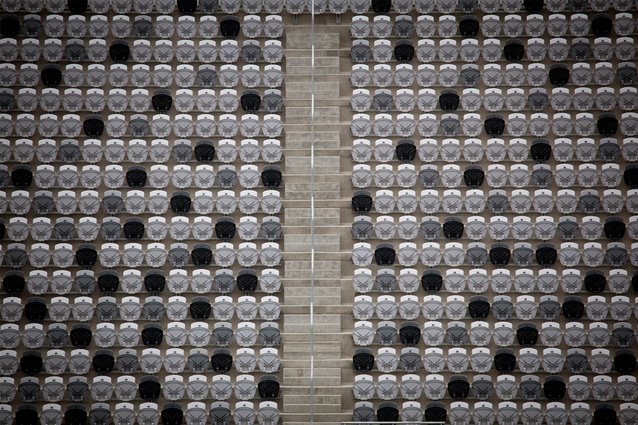Viewfinder: Marina Mathews
Queenstown-based photographer Marina Mathews is tasked with capturing some amazing properties in the Whakatipu area. Camille Khouri caught up with her about her favourite projects, her approach to capturing great design, and her sources of inspiration.
Tell us about the five projects you’ve chosen as your favourites.

Marina Mathews (MM): My first is Anna-Marie Chin’s Lake Hayes Cottage. Being based in Queenstown, I photograph a lot of luxury holiday accommodation properties. On this day driving into the lifestyle block property, I was looking for that huge piece of contemporary architecture but initially saw the horse paddock and equipment shed followed by what I thought was the stylish-looking workers shed. I almost kept driving past until I realised that the stylish-looking workers shed was my project for the day! My appreciation for it grew every minute from when I stepped inside to discover the essence of the addition and renovation involved with this unique property. Keeping true to its era, the architecture and interior décor blended old and new subtly and stylishly for guests to comfortably enjoy. The glass bridge corridor connecting the two buildings spanned over a stream, which was a real highlight. For Anna-Marie Chin Architects to go on to win an NZIA Architecture Award for this project, was no surprise.
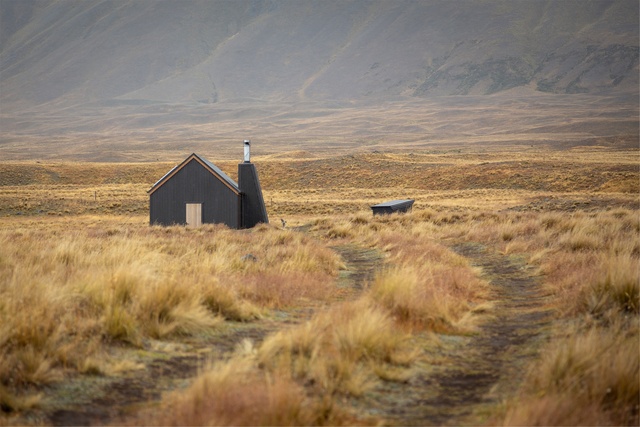
NOTT Architects’ award-winning Musterers Hut in the Tekapo high country was a unique treat to photograph on that moody day, hanging with low clouds casting interesting light and shadow on the surrounding landscape. I was glad to have been driven up to it as it is set so subtly in the vast landscape, it could have been easily missed. What stood out was the simplicity of the small structure’s form and chimney, with tones of the timber doors, deck and roofline edges, blending it back into the landscape. The warmth of the plywood interior walls and ceilings and reclaimed furniture made it even more reminiscent of a musterers hut. I recall still being on a high for a few days post-shoot.
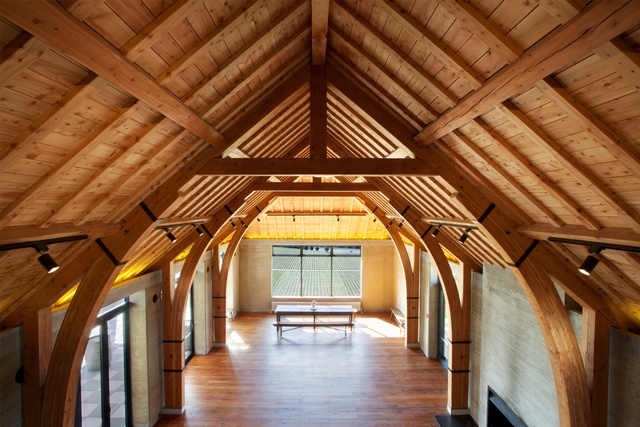
Rafe Maclean Architects’ Rippon Hall is a wedding and conference venue that sits above vineyards overlooking Lake Wanaka and Ruby Island among the Southern Alps. This project was one of my early favourites and has always stood out in my mind, I think largely because of the timberwork interplay with steel railings, with their exposed gaps that allow light and shadows to dance around. Soil from the site was used to create the rammed earth walls and floors. Trusses and linings were created from trees on the property, and other materials were from recycled or durable sources. This ticked so many boxes for me, even if I didn’t know it at the time.
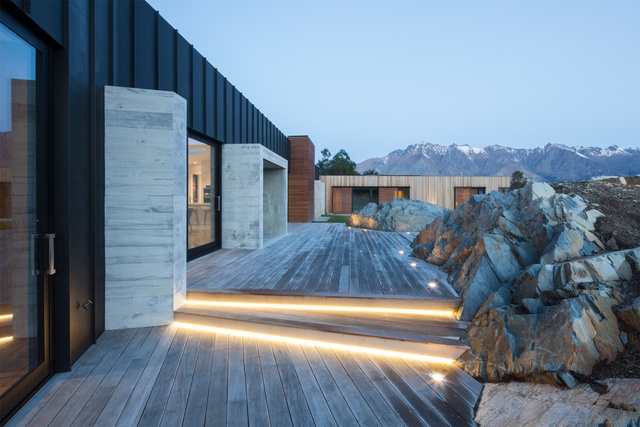
I chose Warren and Mahoney’s Closeburn Station house as one of my favourites because it made a huge immediate impression on me as soon as I snaked through the exclusive gated development to find this architectural beauty wrapped around the contours of the site. The building is bold and uses simple materials of cedar, zinc and board-finished concrete in unexpected angles, even allowing the lounge to be minimally cantilevered over a stone cliff face. The landscaping and decking are another highly crafted aspect of the property, making use of large stone boulders on the site as a wraparound feature. LED and spotlights on the deck light up the boulders, creating another layer of interest and warmth. I’ve always enjoyed Warren and Mahoney’s distinctive designs with their use of unconventional angles in functional aspects of the home, like shower doors, fireplaces, bookshelves and the viewing deck wall.

Lastly, I have chosen the Forsyth Barr Stadium by Jasmax and Populous. As a relatively new photographer in the industry back in 2011, I got an impromptu phone call from a friend along the lines of “I’ve got no photography budget but I’m doing a PR piece, would you like to come along to the Forsyth Barr Stadium a few days before opening day?.” Game changer. Kid in a candy store… Hell yeah! I was given free rein of the interiors and then spent a few days stalking the stadium from around Dunedin’s vantage points. With short notice, I didn’t have time to research the project, Dunedin or the architects — I simply let my eyes and camera do the work. I have since learned that the bubbly roof-like structure, which I was curious about and photographed closely, was made from ETFE, a transparent polymer developed for the space industry. The stadium is New Zealand’s first all-weather stadium and the world’s first fully fixed roof over a natural turf stadium.
How did you get started with photography? Did you always have an interest in architecture and buildings, or has that evolved over time?
MM: My interest in photography subconsciously started when I was based in Singapore running the finance team for an Australian publisher. I was always in awe of the creative team including the struggling freelance photographers who created beautiful images that graced the fashion magazine covers. I first learned about the genre of architecture photography from my publishing colleague’s partner — architectural photographer Tim Griffith, and I have several pieces of his work on my walls to this day. I hope they were his rejected test prints now that I know how expensive fine art printing is!
The opportunity for a change from corporate life saw me move to Queenstown, where my camera was drawn toward houses and commercial buildings rather than the epic landscapes that are popular with other photographers in this region. I was drawn to the art and design found in architecture, its geometry, repetition, forms, lines and curves—almost from a macro perspective first and then from the larger buildings as a whole.
What is your approach to capturing a space? What is the secret to conveying the feeling of being there?
MM: Knowing that I have the autonomy and a full day on my own to stalk out a project gives me a lot of quiet anticipation and excitement for what the day will bring to the final images. Weather and Sunseeker checks done; off I go. I usually remind myself at the start not to overshoot, but my fear of missing out usually wins, knowing that in a couple of hours’ time that space will look better. I try to capture the compulsory spatial shots first, so I have free headspace to creatively put myself behind the mind of the designer on their drawing board.
Often my favourite images happen when I’ve put away my tripod and, hand-holding my camera, I walk around slowly observing what they envisaged and knowing their [the architects’] sketches have come to life in front of my lens. Early on I would be afraid of shafts of harsh sunshine and dark shadows, but now I look for them to convey a sense of being there. I’ve learned to observe near and far to take in what the homeowner and public would experience and try to convey that with different lenses.
How do you stay inspired outside of work?
MM: Being a photographer, it’s often hard to separate work from play. When I’m shooting personal projects for myself, my long exposure kit comes with me, where my main subject is still architecture or man-made structures with the interplay of long exposure sky or water. I’m inspired to create architectural art for myself, or for photography awards such as my Minimal Urbanism series. During lockdown, skyscrapers in Dubai took a backseat to the simplicity of collecting and photographing pebbles on the beach and textures in nature.
Are there any projects or types of projects that you would love to photograph?
MM: I think I’ve been watching too much Netflix! I would love to photograph large-scale industrial plants such as offshore oil rigs, underground or underwater industrial plants, tunnels, secret underground banking vaults, shipyards, abandoned hospitals or military facilities. I would like to take the hard edge off the subject and turn them into fine art pieces.
See more of Marina’s work at marinamathews.com. And, see more from the Viewfinder series here.

